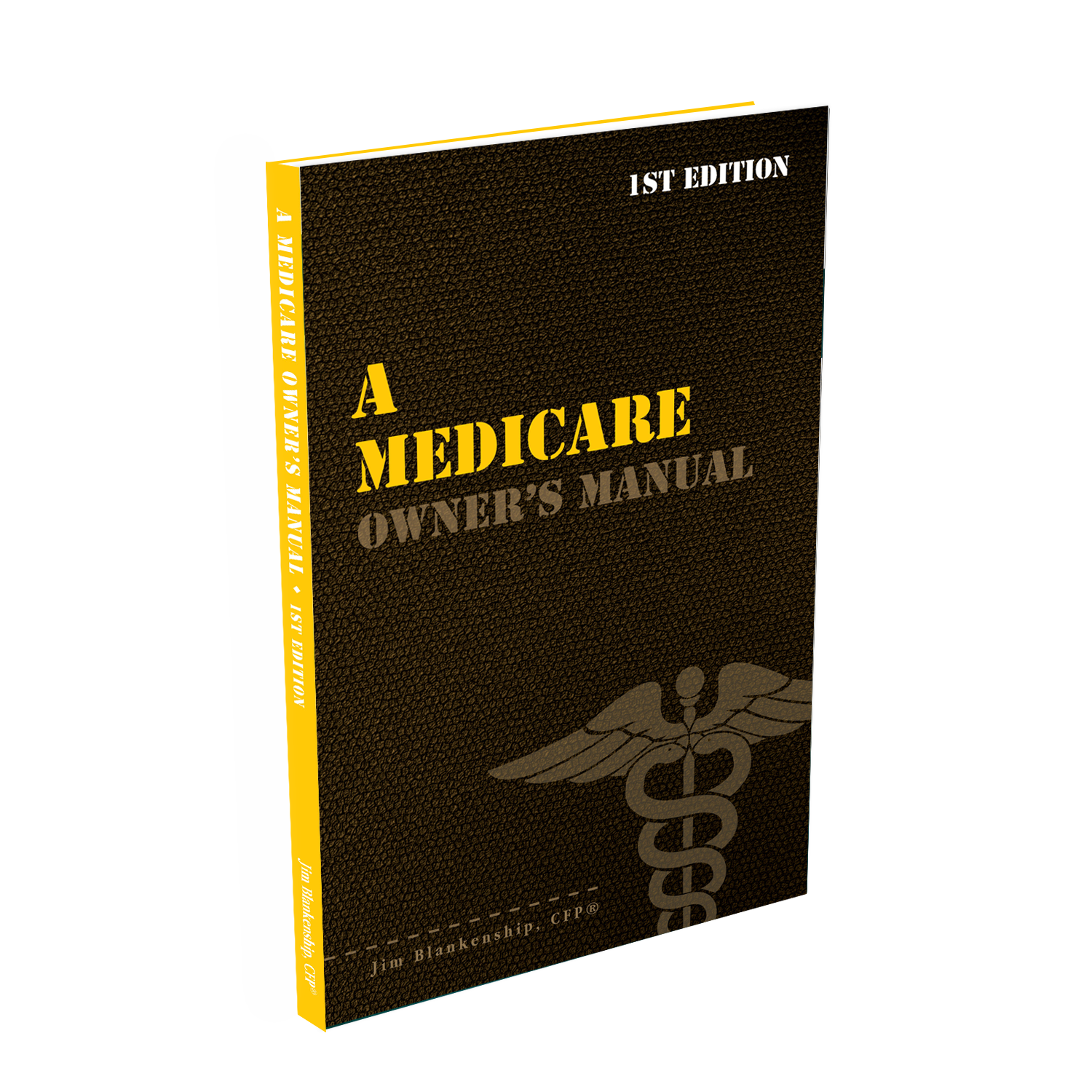 The Bipartisan Budget Act of 2015’s Aftermath
The Bipartisan Budget Act of 2015’s Aftermath
Note: the original text had a placeholder date of May 3, 2016 as the final date for File & Suspend. This date has been finalized as April 30, 2016 and the text below corrected. — jb
With the passage of the Bipartisan Budget Act of 2015, an era of flexibility in Social Security claiming strategies comes to an end. Long gone is the ability for one spouse to delay benefits while the other collects benefits based on the first spouse’s record. Also gone is the option of collecting spousal benefits while delaying your own benefits to accrue the delay credits. We’ll go over the actual changes below, based upon your date of birth – because some of the provisions will remain for a while, and could be useful if you’re the right age.
Born in 1953 or earlier
If you were born in 1953 or earlier, that is, if you reach or reached your 62nd birthday in 2015 or before, some of the provisions are allowed for you as a “grandfathering” phase-in, albeit with some changes.
Suspending benefits – This option is still available to you, although there are some limits. If you’re already suspending your benefits or if you suspend your benefits before April 30, 2016, your suspension of benefits will continue to allow your spouse to collect Spousal Benefits while your own benefit accrues the delay credits. A child of yours under age 18 (or 19 if a full-time student in elementary or secondary school, or any age if disabled) can also collect benefits based on your record while your benefit is suspended.
In addition, if you’ve already suspended or will suspend by April 30, 2016, you will continue to have the option of changing your mind and receiving retroactive benefits to any point at or after your suspension date.
You will still have the option to suspend benefits at any point after April 30, 2016, but the treatment of your suspended benefits will be different. The new way suspended benefits works is that not only your own benefit is suspended, but also all benefits paid on your record are suspended as well. This means that if you suspend your benefits, your spouse and children will not be allowed to receive a benefit based on your record while your benefit is suspended.
Of course, since you must be at least at FRA to suspend benefits, this means that effectively this option is only available for persons who will reach age 66 on or before April 30, 2016 – so your birthdate must be April 30, 1950 or earlier to utilize File & Suspend in the old fashion. If born after April 30, 1950, the new suspend rules will apply to you (see below for more information).
Restricted Application – If your spouse has filed for benefits and you were born in 1953 or earlier, you may have the option of filing a restricted application for Spousal Benefits based on your spouse’s record, allowing you to delay receipt of your own retirement benefit to a later date. This is allowed based upon the fact that your spouse has filed – if your spouse has suspended receipt of benefits, the new suspend rules will apply unless the suspend was complete before April 30, 2016 as described above.
If your spouse was born in 1953 or earlier as well, he or she can still file a restricted application for Spousal Benefits upon reaching Full Retirement Age, allowing your spouse to collect the Spousal Benefit while delaying his or her own benefit to a later age as well. If your spouse was born in 1954 or later however, the new rules for deemed filing will apply, effectively eliminating the restricted application option (see below for more details).
Born in 1954 or later
This is where the biggest changes come in. File & Suspend is effectively eliminated for most strategies, and the expansion of the deeming rule eliminates the restricted application altogether for folks in this age group.
Suspend – You are still allowed to suspend benefits when you reach Full Retirement Age, but the suspension of benefits now applies not only to your own benefits but also to any benefits payable to your spouse or children.
You may start your benefits at any time at or after age 62 and suspend receipt of benefits at or after FRA. Your spouse and/or children may receive the auxiliary benefits during the period of time that you are actively receiving benefits, but if you suspend your benefits your dependents will also cease to receiving benefits until you restart your own benefits.
There are cases when this might make sense, such as if you have young children who could receive benefits for a period of time and then later you want to suspend to accrue additional delay credits (perhaps after the children have reached age 18).
Deemed Filing – in the past, deemed filing only applied if you were under Full Retirement Age. Not so under the new rules. If you were born in 1954 or later, when you file for any benefit you are deemed to file for all benefits for which you are eligible. This means that you cannot file a restricted application for spousal benefits in order to delay filing for your own benefit (an option under the old rules). Now, if you file for your own benefit or a Spousal Benefit, you have effectively filed for all benefits (if you’re eligible for additional benefits).
Effectively due to deemed filing, you will not be allowed to separate your benefits at any age if you’re eligible for more than one type of benefit.
So what is left?
After all the changes, are there any options left for filing strategies? Of course, but they’re definitely limited.
If you were born in 1953 or before, you have all of the same options available to you that you had before. However, you must act quickly if you were planning to implement a File & Suspend strategy, and this is only going to be available to you if you will have (or had) your 66th birthday on or before April 30, 2016 (you were born on or before April 30, 1950). If you fit this category, you can still File & Suspend and your dependents can receive benefits based on your record while your own benefit accrues the delay credits.
If you were born after April 30, 1950, you have the option (as outlined above) to suspend benefits at Full Retirement Age to accrue delay credits, but any dependent benefits (spousal or children’s) will also be suspended at that point until you re-file (unsuspend) your benefits.
A version of separating your own benefits from Spousal Benefits is available under the new rules, illustrated by the below example:
Jeffrey, age 60 is married to Pamela, age 59. Jeffrey’s projected Primary Insurance Amount (the amount he’ll receive when he reaches Full Retirement Age, which is 66 years, 4 months) is $2,200. Pamela’s PIA is projected as $1,000.
Pamela can file for her own benefit at age 62, which will result in her benefit being reduced to 72.5% of her PIA since her Full Retirement age is 66 years, 6 months. Her resulting benefit will be $725 per month. Since Jeffrey is at this point only 63 years of age and has not filed for his own benefit, Pamela is not eligible for a Spousal Benefit, so deemed filing does not apply to her.
Therefore, Pamela must (may?) wait until Jeffrey files for his retirement benefit before she files for the Spousal Benefit. If Jeffrey files for his own benefit at his Full Retirement Age (66 years, 4 months) or any time on or before Pamela reaches her FRA (66 years, 6 months), Pamela can then file for the unreduced Spousal “excess” Benefit to be added to her own reduced benefit.
The way the excess Spousal Benefit is calculated is to subtract Pamela’s PIA ($1,000) from 50% of Jeffrey’s PIA ($1,100), for a resulting excess Spousal Benefit of $100. If Pamela is at least at FRA this amount will be added to her reduced benefit for a total monthly benefit of $825.
If Pamela becomes eligible for the Spousal Benefit at any time before her FRA, the $100 excess benefit will be reduced, and then added to her benefit. So if, for example, Jeffrey files for his own benefit at his FRA (when Pamela is 65 years and 6 months old), her excess benefit will be 83.33% of the maximum, meaning:
Jeffrey’s PIA ($2,200) times 50% ($1,100) minus Pamela’s PIA ($1,000, resulting in $100) times 83.33% equals $83.33
Therefore, in this example we would take the reduced Spousal Benefit amount of $83.30 (rounded down) and add Pamela’s own reduced benefit of $725 for a total of $808.30.
There are other strategies available to be sure, and we’ll cover those in future articles. For now, just know that the landscape for benefit filing strategies is drastically limited from what we had available previously.
[graphiq id=”lmKpKnihBsh” title=”Social Security Beneficiaries” width=”600″ height=”514″ url=”https://w.graphiq.com/w/lmKpKnihBsh” link=”http://time-series.findthedata.com/l/56644/Social-Security-Beneficiaries” link_text=”Social Security Beneficiaries | FindTheData”]
 When the Social Security Administration recently announced that the maximum wage base and the Cost-of-Living Adjustment (COLA) would remain unchanged for 2016, they also announced the bend points that are used to calculate both the Primary Insurance Amount (PIA) for Social Security benefits. In addition, the Family Maximum Benefit (FMax) bend points for 2016 were also announced.
When the Social Security Administration recently announced that the maximum wage base and the Cost-of-Living Adjustment (COLA) would remain unchanged for 2016, they also announced the bend points that are used to calculate both the Primary Insurance Amount (PIA) for Social Security benefits. In addition, the Family Maximum Benefit (FMax) bend points for 2016 were also announced.











 As a follow up to my post last week
As a follow up to my post last week 




 You may have a vacation home that you only spend a small amount of time at each year, and the rest of the time you rent the home out to other folks who wish to vacation in your little slice of heaven. The rents that you receive is considered taxable income, to the extent that it exceeds the applicable expenses. Plus, if the vacation home is partly used for your own purposes, the expenses (allocated to the time the property is rented) cannot exceed the amount of rent income from the property (you can’t claim a loss). here are some tips on
You may have a vacation home that you only spend a small amount of time at each year, and the rest of the time you rent the home out to other folks who wish to vacation in your little slice of heaven. The rents that you receive is considered taxable income, to the extent that it exceeds the applicable expenses. Plus, if the vacation home is partly used for your own purposes, the expenses (allocated to the time the property is rented) cannot exceed the amount of rent income from the property (you can’t claim a loss). here are some tips on 

 Sterling Raskie, MSFS, CFP®, ChFC®
Sterling Raskie, MSFS, CFP®, ChFC® The latest in our Owner’s Manual series, A 401(k) Owner’s Manual, was published in January 2020 and is available on
The latest in our Owner’s Manual series, A 401(k) Owner’s Manual, was published in January 2020 and is available on  A Medicare Owner’s Manual, is updated with 2020 facts and figures. This manual is available on
A Medicare Owner’s Manual, is updated with 2020 facts and figures. This manual is available on  Social Security for the Suddenly Single can be found on Amazon at
Social Security for the Suddenly Single can be found on Amazon at  Sterling’s first book, Lose Weight Save Money, can be
Sterling’s first book, Lose Weight Save Money, can be  An IRA Owner’s Manual, 2nd Edition is available for purchase on Amazon. Click the link to choose the
An IRA Owner’s Manual, 2nd Edition is available for purchase on Amazon. Click the link to choose the  Jim’s book – A Social Security Owner’s Manual, is now available on Amazon. Click this link for the
Jim’s book – A Social Security Owner’s Manual, is now available on Amazon. Click this link for the  And if you’ve come here to learn about queuing waterfowl, I apologize for the confusion. You may want to discuss your question with Lester, my loyal watchduck and self-proclaimed “advisor’s advisor”.
And if you’ve come here to learn about queuing waterfowl, I apologize for the confusion. You may want to discuss your question with Lester, my loyal watchduck and self-proclaimed “advisor’s advisor”.